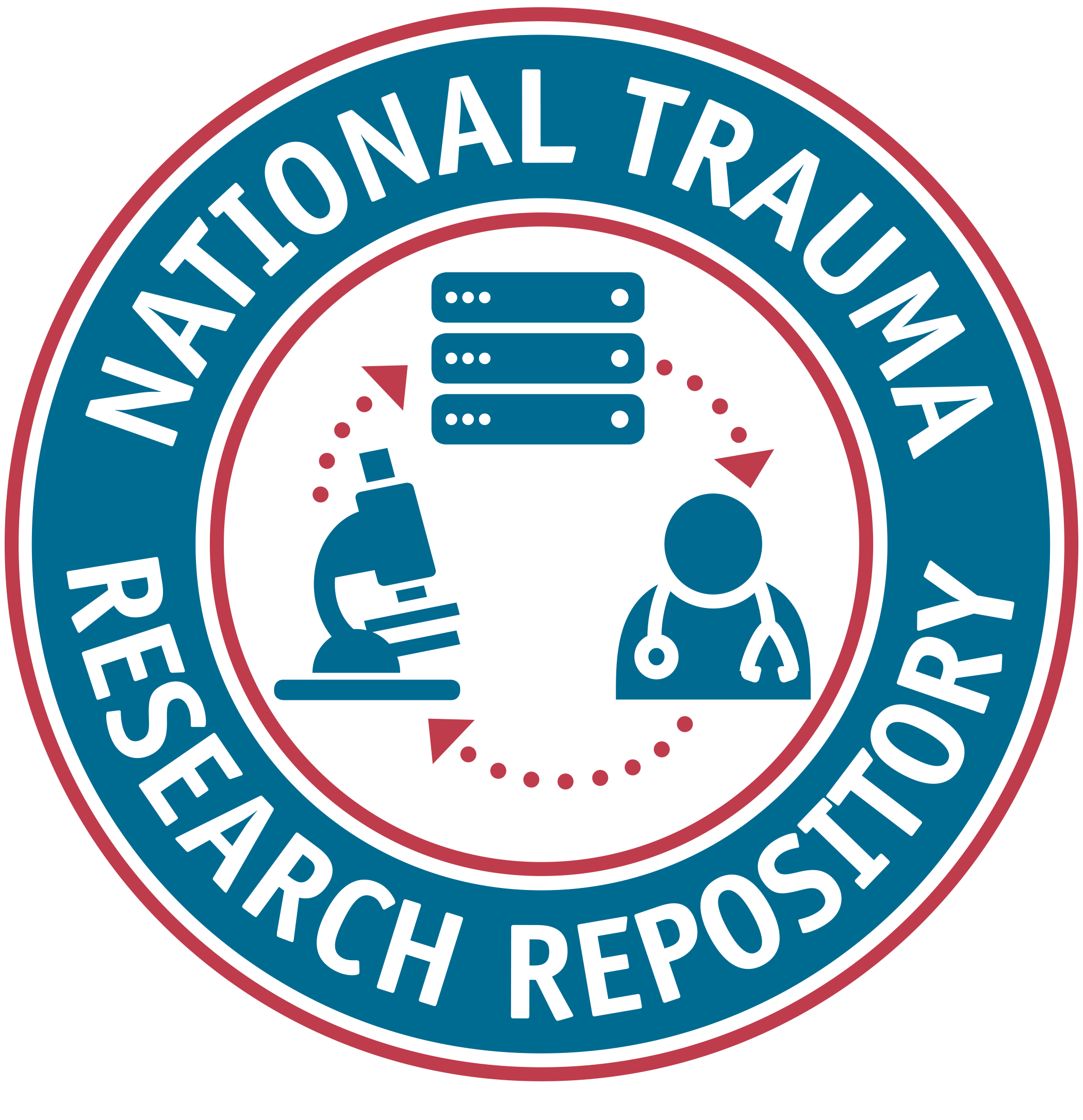Listed below are the details for the data element.
FITBIR
1.0
Element Type
Common Data Element
Comprehensive Test of Phonological Processing Second Edition-Blending words item text
CTOPP2BWItmTxt
Short Description
Blending words item text , as part of Comprehensive Test of Phonological Processing Second Edition
Definition
Blending words item text , as part of Comprehensive Test of Phonological Processing Second Edition
Notes
Section 5: Administration and Scoring Instructions for Subtests. Subtest 2: Blending Words. Materials: Computer or other device to play the CD and "Blending Words" section of the Core Subtest CD (Tracks 1-33); Ceiling: Stop after child misses 3 items in a row; Note: If the child asks you to repeat the sounds, you may play the recorded sounds one more time; Prompt: If the child says the sounds separately (e.g., m-e, rather than me), prompt by saying, Try to say the sounds all together as a real word. This prompt can be used as often as needed on items 1-12 only; Feedback: Give feedback on items 1-12 only; Scoring: Record correct answers as 1 and incorrect answers as 0.
Creation Date
2016-12-05
Historical Notes
References
Wagner R, Torgesen J, Rashotte C, Pearson NA. (2013). Comprehensive Test of Phonological Processing, Second Edition (CTOPP-2). San Antonio, TX: Pearson Clinical Assessments.
Data Type
Alphanumeric
Input Restrictions
Free-Form Entry
Maximum Character Quantity
4000
Population
Adult and Pediatric
Guidelines/Instructions
Directions for items 1: Say, On this one you will hear some words in small parts, one part at a time. I want you to listen carefully and then put these parts together to make a whole word. Ready? Let's try one. Play the recorded instruction that says, What word do these sounds make? Then pause to allow the child to answer. If correct, say, That's right. Let's try the next one. If incorrect, say, That's not quite right. When you put cow-boy together, it makes cowboy. You try it: cow-boy makes ___? (Pause.) Let's try the next one. Directions for items 2 to 4: Continue the recorded items listed below, pausing after each item, and give corrective feedback. Directions for items 5 to 8: Say, Let's try some more words. Each time, you will hear the word one part at a time. Listen carefully and put the parts together to make a whole word. (Continue the recorded items below, pausing after each item.) Items may be repeated once. Feedback for items 5-12 only: If correct, say, That's right. If incorrect, say, when you put pen-sel together, it makes pencil. Directions for items 9 to 33: Say, OK, now let's try some more where we say even smaller parts of words, one part at a time. I want you to listen carefully and then put these parts together to make a whole word. Ready? Let's try one. (Continue the recorded items below, pausing after each item.) Items may be repeated once.
Preferred Question Text
Category Groups and Classifications
| Disease | Domain | Sub-Domain |
|---|---|---|
| Traumatic Brain Injury | Assessments and Examinations | Physical/Neurological Examination |
| General (For all diseases) | Assessments and Examinations | Physical/Neurological Examination |
Classification
Traumatic Brain Injury:
Supplemental
Epidemiology
Concussion/Mild TBI
Acute Hospitalized
Moderate/Severe TBI: Rehabilitation
General (For all diseases):
Supplemental
Keywords
Comprehensive_Test_Of_Phonological_Processing
CTOPP2
Labels





